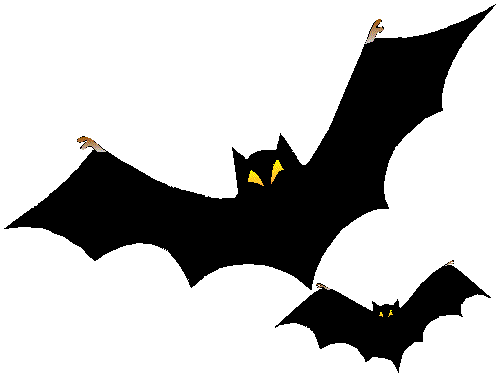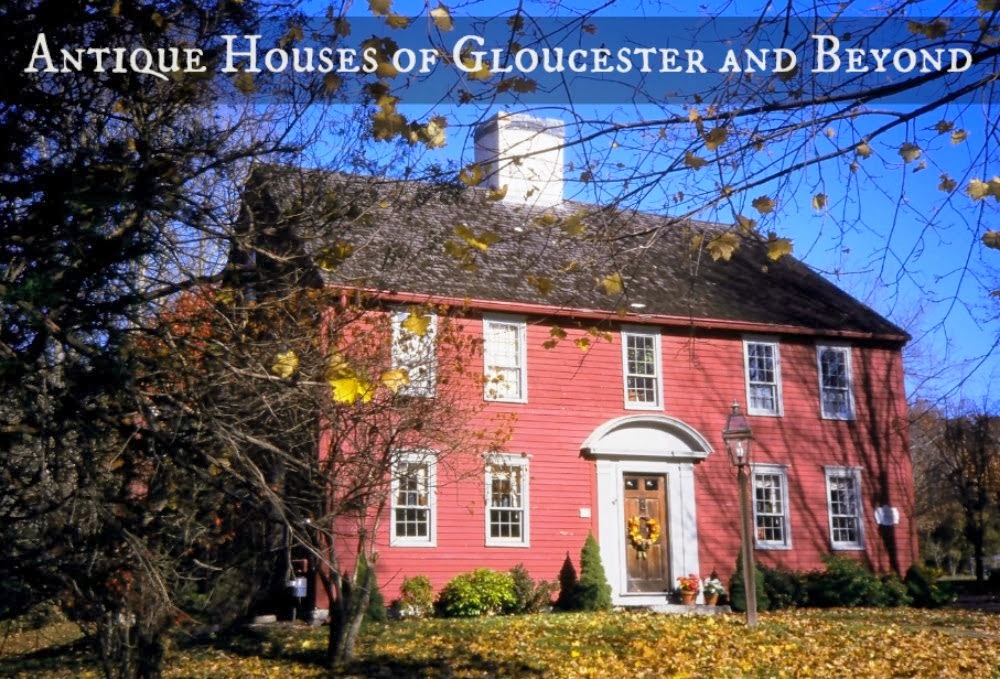What better time of year than Halloween to think about the possibility that some houses are haunted. Many people will swear to it. Others scoff at the idea. Some scoff only because they don't want to admit that they believe it. What do you believe?
In my travels and
associations I have met two people who have told endless stories of strange occurrences in houses in which they had lived.
And some people seem to be more susceptible to encounters than other. Like
most people, I am fascinated by these tales.
Have you ever wondered
why very old houses usually seem to be the target of such stories? The older the house the more rampant the
stories. As a Realtor selling many old
houses over the years numerous potential buyers asked if the house was haunted with a smile on their face but perhaps only half joking.
The earliest first person account
I had ever heard was about a house that seemed to have a problem. It was in New England. The house was built in the second quarter of
the nineteenth century which did not make it ancient but still pretty old. Strangely enough, the spirit that seemed to be
lurking around was a woman who was dressed from the period around 1940. She
was not very old at all.
I first heard this story
around 1980 from someone who had put the house under contract to buy but had moved in prior to a delayed closing. After a few months in
the house the buyers were so freaked out they walked away from the sale and all but ran
from the house.
Often upon arriving home a vision of the woman would appear in the window. Other things would be out of place, sometimes harmless, sometimes not. For instance, there were two upstairs bedrooms in the cape. Apparently this lady had a flare for decorating because the curtains in the two rooms were swapped. No harm done by that. Just strange!
Often upon arriving home a vision of the woman would appear in the window. Other things would be out of place, sometimes harmless, sometimes not. For instance, there were two upstairs bedrooms in the cape. Apparently this lady had a flare for decorating because the curtains in the two rooms were swapped. No harm done by that. Just strange!
Another freezing winter
day a trip home for lunch found the garden hose that had been
stored for the winter attached to a faucet, the yard flooded and reduced to
a sheet of ice. That is a bit more
annoying than swapping drapes.
But it got worse. A trip outside to warm up the car on cold
mornings invariably resulted in a locked door preventing re-entrance back into
the house. This was getting more mischievous.
Being shoved through the
shower curtain and sent crashing into the shower wall was a bit scary. Picking up a large bag of dog food, having it
grabbed out of your hand and hurled across the room was outright hostility!
Finally, being awakened
during the night with your Doberman standing over you, staring at the corner of
the room and snarling was too much.
These people were ‘outa there.
 |
| Once when I saw this house a sign on the door said "The Twilight Zone"! |
About fifteen years
later I was in that “neck of the wood” and thought maybe I could find this house. As I drove slowly down the street
a man emerged from the house. He had
just moved in and had heard stories but as yet had noticed nothing.
Several years later I
passed this house again. The same man
was outside and offered to show us the house.
He attested that he was aware of the situation but could live with it.
As I entered the living
room I particularly looked for the door to the staircase. It was there just as had been described to me
but the thumb latch had been
removed. Hmmmm.

The other instance
involved a house built in the late 1860s by a veteran of the Civil War and the Battle of Shiloh. He built a large Victorian house with a
tower. It is in a neighborhood noted for
other “incidents".
Some of the events
occurring were harmless enough such as seeing a 19th century man,
presumably the Civil War veteran, himself, in a black suit walking up the driveway toward
the house but vanishing before reaching the front door.
Other bizarre events were the times when the lady of the house would awaken from a sound sleep to find a man at the foot of her bed! I can't even imagine how unnerving that would be.
Of particular interest was a door next to the fireplace. The the thumb latch would jiggle and the door would open. No amount of fixing, even reversing the way the door opened, helped. The sound of the thumb latch and the opening of the door continued.
A new owner only stayed long enough to have one experience. Before moving in he arrived in darkness one night to bring things inside. As he approached the stairs with only a bright moon for light he felt something grab him around the ankles. He dropped what he was carrying and left for good!
One day a medium came for tea by invitation not knowing any history of the house. As she departed from this social visit she volunteered the information that there were three entities in the house. One was a tall man but that was not all. There was also a mother and a child. Research indicated that long ago a mother and child had been struck and killed by lightening in a pasture nearby. Could this be the mother and the daughter that the medium identified?
The house has changed owners several times. Some have coped better than others when it comes to coexisting with spirits. Its present condition is unknown.
And finally, my own spooky experience that, thankfully, has nothing to do with my house!
I was in Nova Scotia
with cousins attending a three day family reunion of my mother’s family, early
“planters” from Connecticut. They had emigrated
to Nova Scotia at the invitation of the government after the expulsion of the
Acadians. (Remember Longfellow's Evangeline?)
On Sunday, the final
day, a special church service was held for the reunion attendees in the Covenanter Church, a charming 1804 meeting house where our ancestors had worshiped. It was a simple meeting house with a center entrance and a high pulpit for the minister. It was pristine and inviting. A steeple was added in 1818. Being there seemed so special.
As we were sitting in the
back near the front door about fifteen minutes or so into the service the
thumb latch (another thumb latch story) jiggled and the door shook
violently. Clearly some descendant was
running very late and eager to get in but being unnecessarily and quite rudely disruptive. Someone ran to the door and quickly opened it. No one was anywhere to be seen. And there were no bushes in which to hide.
 |
| Old meeting house looks like a NE house with center entrance |
I have to admit to being more than a little freaked by that. In my mind I can still hear that door being shaken today as though only yesterday. What was it?
|
Isn't it strange that the common denominator in each of these three stories was the problem of the jiggling thumb latch?
 |
| A steeple added to the gable end of the meeting house in 1818 |
So perhaps part of our mind wants to believe and the other part wants to laugh it off. Or maybe we just won't admit to what we believe or aren't even sure what to believe. Perhaps some people have overactive
imaginations but what about the times when the reputation of a house persists over many years and many owners? That is harder to dismiss and harder to
explain.
Is your house haunted?
What are your thoughts
on haunted houses? Are you buying it?
So long, Everybody! Happy
Halloween from Pru

































